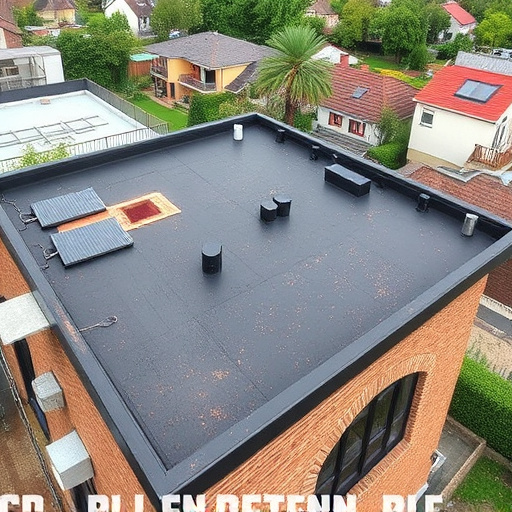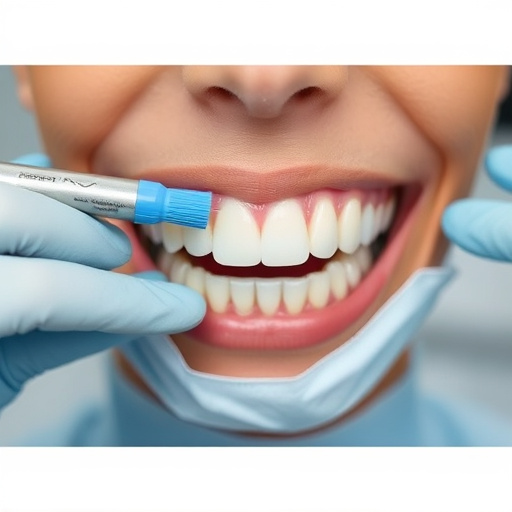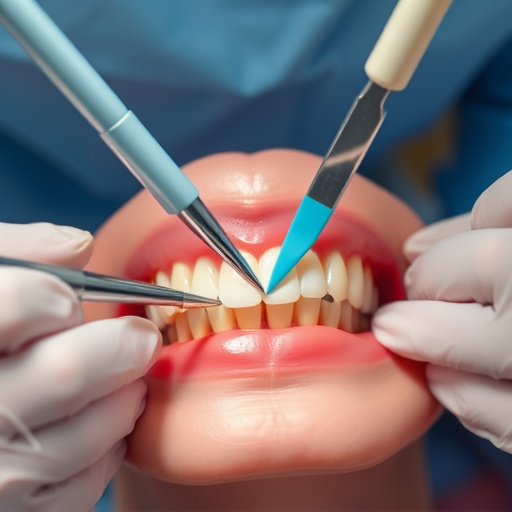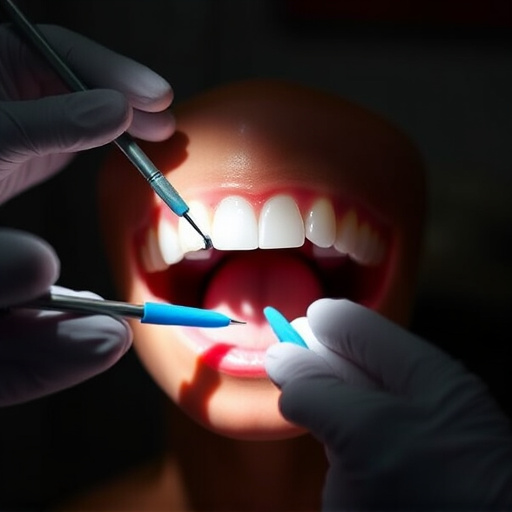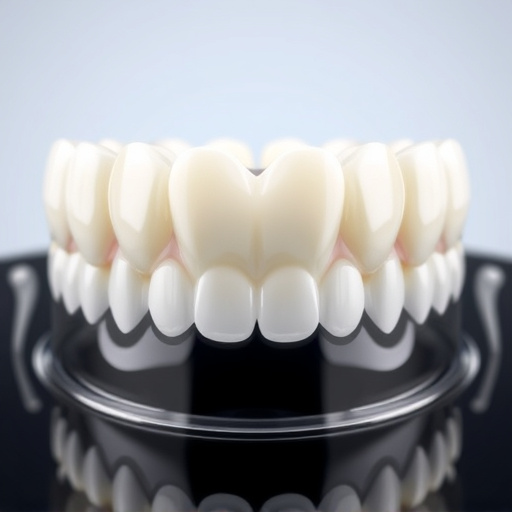Providing equal access to essential healthcare services, including dental care, is crucial for individuals with disabilities. Handicap accessible dental practices cater to unique challenges, ensuring good oral hygiene and broader health outcomes through preventive dentistry like tailored teeth cleaning and procedures. Creating an inclusive environment involves adhering to universal design principles, offering sensory-friendly spaces, and providing a range of services from basic to specialized care. Implementing these measures dramatically improves patient satisfaction, health outcomes, and fosters a sense of belonging and dignity.
In today’s world, ensuring equitable access to healthcare is paramount. This is especially true for individuals with disabilities, who often face unique challenges when seeking dental care. “Handicap accessible dental care” is more than just an amenity; it’s a fundamental right. This article explores the growing importance of inclusive environments in dental practices and delves into designing spaces that cater to diverse needs. We’ll uncover the benefits and best practices for implementing accessibility, highlighting the transformative power of welcoming all patients.
- Understanding the Need for Handicap Accessible Dental Care
- Designing Inclusive Environments in Dental Practices
- Benefits and Best Practices for Implementing Accessibility
Understanding the Need for Handicap Accessible Dental Care

In today’s world, ensuring inclusive access to essential healthcare services is paramount, and dental care is no exception. The need for handicap accessible dental care cannot be overstated, as it facilitates equal opportunities for oral health management regardless of individual abilities. Many individuals with disabilities face unique challenges when accessing traditional dental services, hindering their ability to maintain good oral hygiene. This includes those with physical impairments, sensory processing disorders, or cognitive differences, who may require specialized accommodations to receive proper care.
By making dental practices more handicap accessible, we not only cater to the immediate needs of these individuals but also contribute to broader health outcomes. Preventive dentistry plays a vital role here, as regular teeth cleaning and procedures like dental bonding can be tailored to accommodate various disabilities. This ensures that everyone has the chance to benefit from routine care, preventing more complex issues down the line and fostering a sense of independence and well-being.
Designing Inclusive Environments in Dental Practices
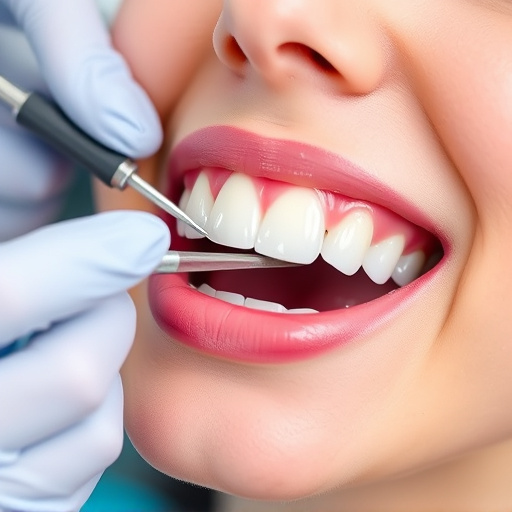
Creating an inclusive environment is a key aspect of providing handicap accessible dental care. Dental practices should be designed with universal design principles in mind, ensuring ease of access and navigation for all patients, regardless of their physical abilities. This includes features such as wide doorways, ramps or lifts for wheelchair access, lower countertops for those with limited mobility, and clear, unobstructed paths to minimize confusion and promote independence.
A well-designed dental office not only accommodates physical disabilities but also contributes to a calming and welcoming atmosphere. Consider incorporating soft lighting, soothing colours, and quiet spaces to cater to patients with sensory sensitivities. By implementing these inclusive design elements, dental practices can offer comprehensive dental care, encompassing not just tooth repair and cleaning but also specialized services like clear aligners, ensuring every patient receives the highest level of service in a comfortable and accessible setting.
Benefits and Best Practices for Implementing Accessibility
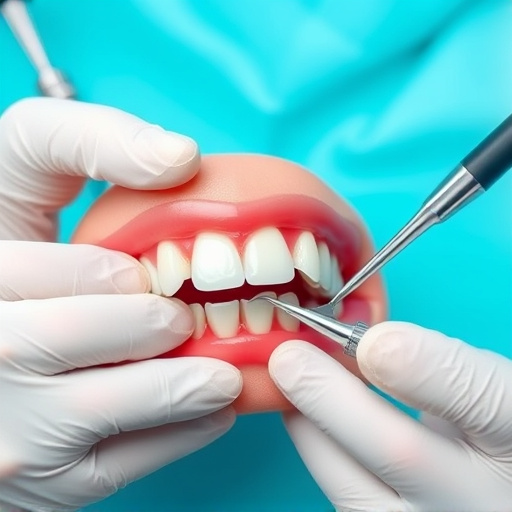
Implementing handicap accessible dental care is a game-changer for ensuring equitable oral health services. The benefits are far-reaching, from increased patient satisfaction to improved health outcomes. Accessible environments welcome individuals with disabilities, fostering a sense of belonging and dignity. This includes removing physical barriers, providing specialized equipment, and training staff to offer personalized care tailored to diverse needs.
Best practices include incorporating universal design principles, such as wheelchair accessibility and tactile signage. Offering services like general dentistry, dental crowns, and cosmetic fillings in an inclusive setting encourages regular check-ups and promotes oral health education for all. It’s about creating a welcoming atmosphere where every patient feels heard, understood, and valued, regardless of their physical abilities.
Handicap accessible dental care is no longer a consideration, but a necessity. By designing inclusive environments and implementing best practices, dental practices can significantly improve patient experience and ensure everyone receives the care they need. This not only benefits individuals with disabilities but also fosters a more equitable and welcoming community overall. Creating handicap accessible dental services is a crucial step towards a more inclusive society, where oral health is accessible to all.




